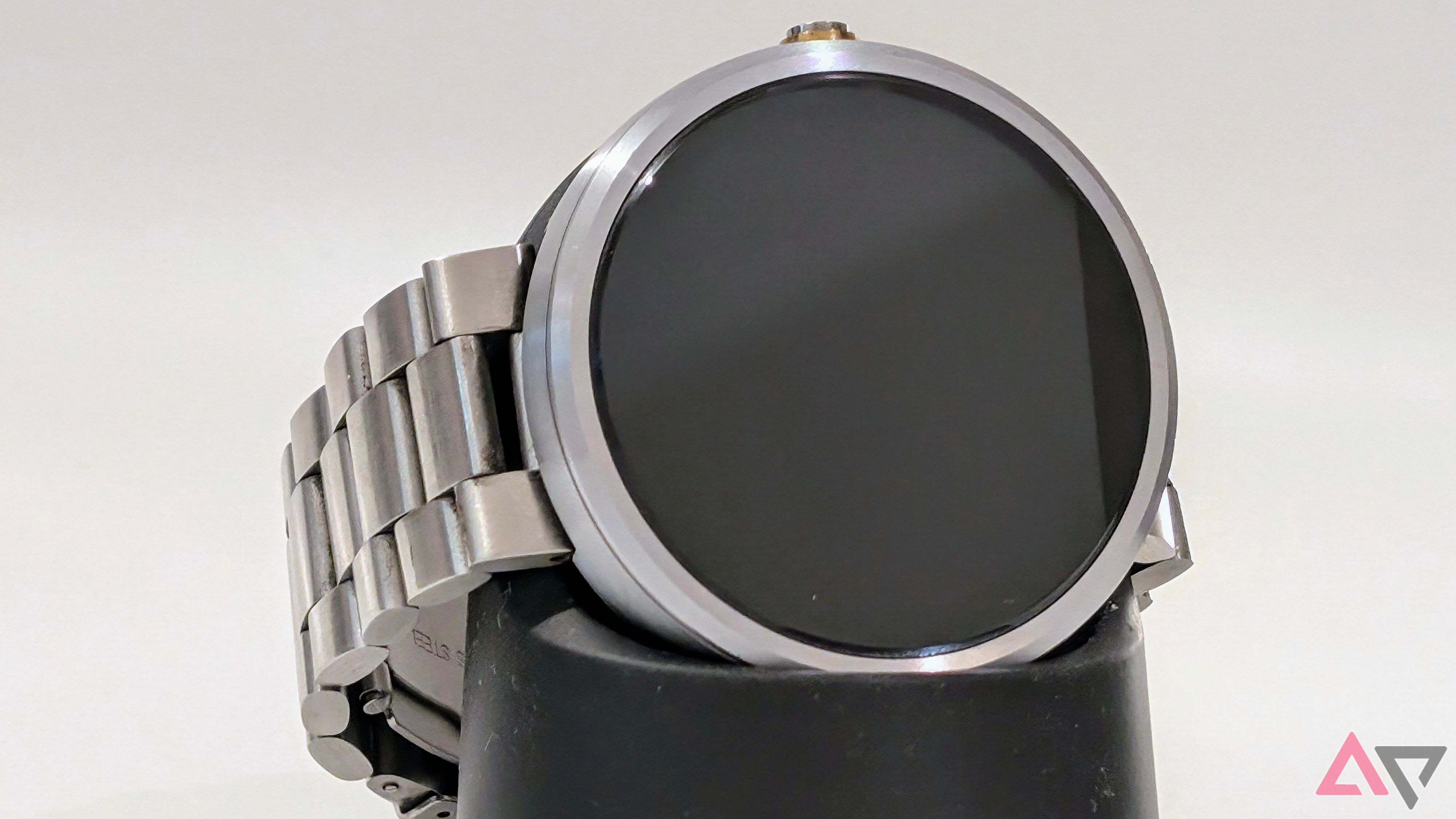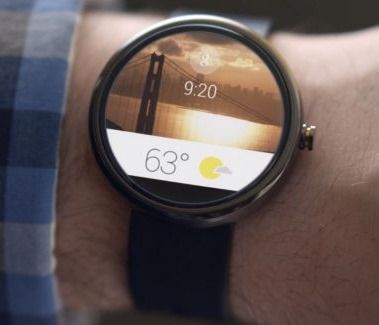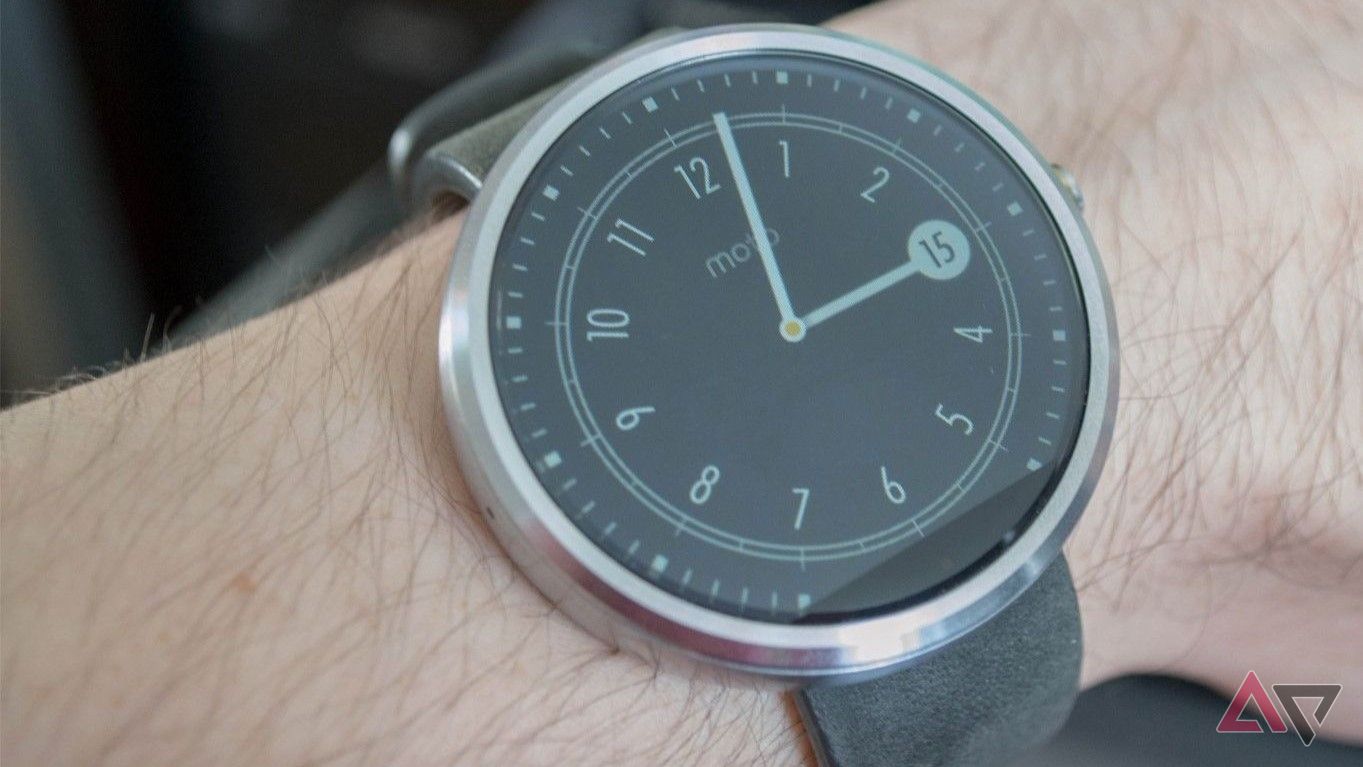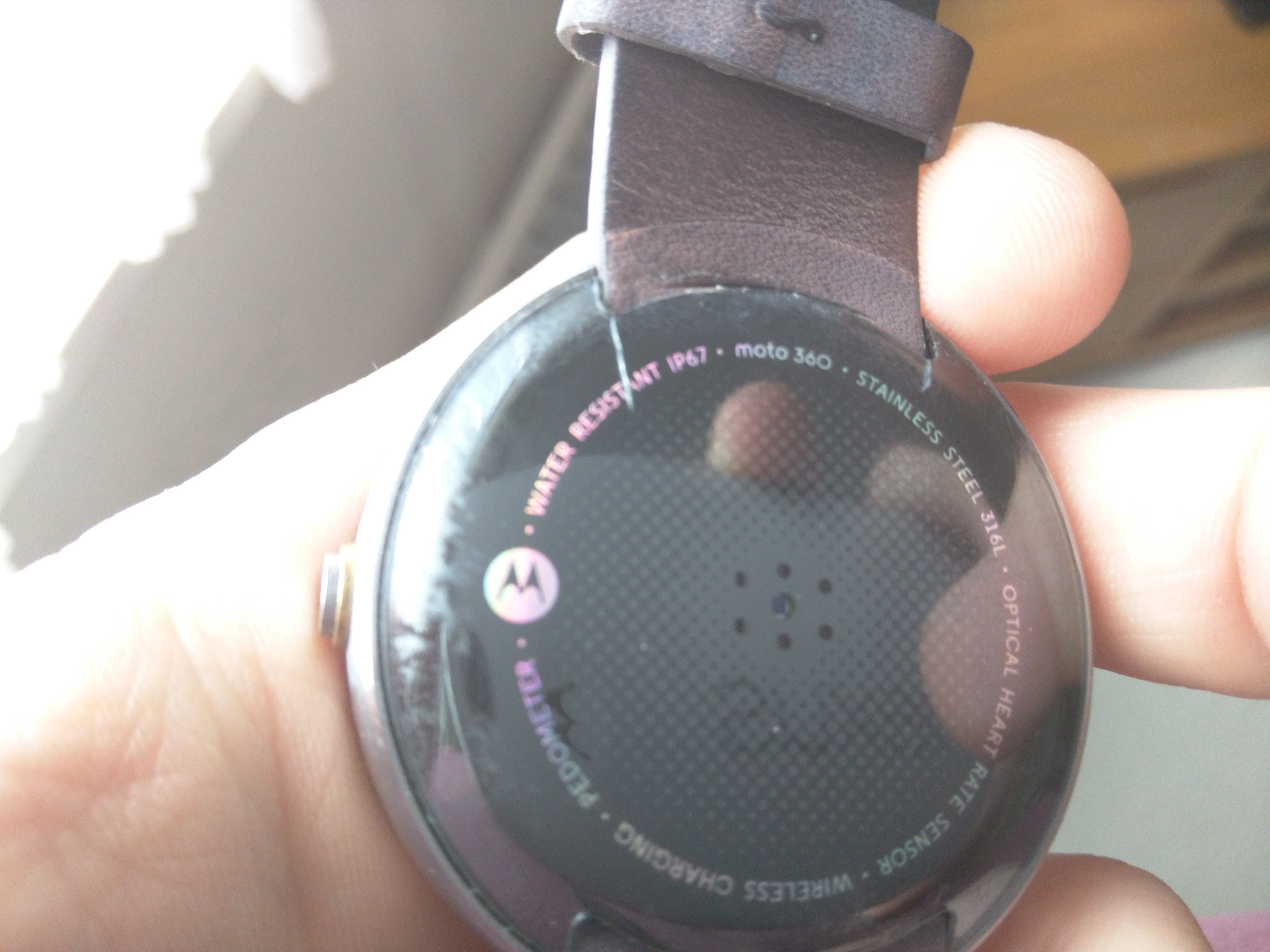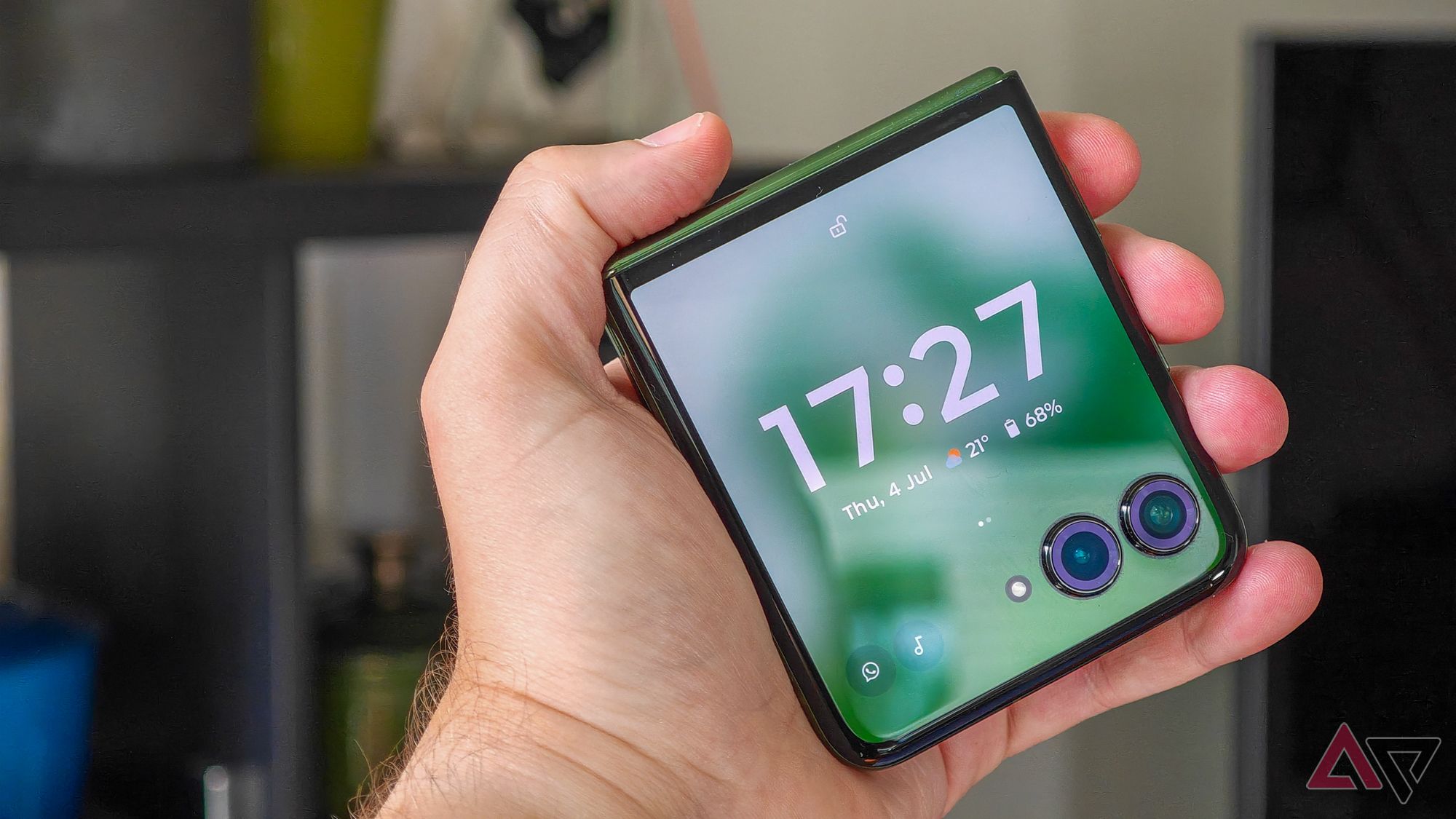It’s been ten years since the original Moto 360 went on sale. I remember it clearly. I was on vacation with my family in Wales, and nobody could comprehend why I was excited by a watch. This was more than a watch, though. Since I was a child, I dreamed of having something like the watch Michael Knight had in Knight Rider. The Moto 360 promised to realize that dream. Ten years later, the best smartwatches are still influenced by it.
To set the scene, until that moment, the closest things we had to smartwatches were Fitbits and Pebble Watches, released a year earlier in 2013. These were good, but they didn’t have the wow factor many of us waited for. On March 18, 2014, Google announced Android Wear. Motorola, Samsung, LG, and a few other companies were confirmed as partners.
LG and Samsung released their watches first, and they were solid, but it was the Moto 360 that caught everyone’s attention. It had the looks, charm, specs, and features to cement it as the progenitor, the original iPhone of the smartwatch world. Looking back over the last ten years, we can see five ways this device made a lasting legacy.
Except for a few images taken this week by a friend of the site, Charlie Callow, the photos in this article are old, many of them taken on my Samsung Galaxy S4 or Google Nexus 6. As such, they aren’t the usual quality we pride ourselves on at Android Police, but they capture the moment this device was released.
5 Charging
Pogo pins suck
There are still watches that don’t charge wirelessly. Instead, they use pins. Google’s Pixel Watch 3 is one of them, and it’s a worse experience than the original Moto 360.
The Moto 360 used standard Qi charging, as Samsung’s Galaxy Watches do today. Now, you couldn’t use all Qi pads. The size of the Moto 360 meant that the coils inside it were too small for some pads. The Galaxy Watches have this issue today, but there were chargers out there, and the included charger was nice. It angled the watch and the accelerometer to ensure the ambient charging screen would orient correctly, making it a great alarm clock.
You won’t find many chargers that angle watches like this anymore, mainly because many watches can last through the night and be used for sleep tracking. This wasn’t the case in 2014. The Moto 360 had to be charged each night, but at least the charger made it useful.
4 Water and dust resistance
Splish, splash, I was taking a bath
Today, many smartwatches have IP68 ratings, like the Pixel Watch 3 and Galaxy Watch 7 . Despite its age, the Moto 360 wasn’t far behind, with an IP67 rating for water and dust. That meant it could survive a meter of water for 30 minutes. You wouldn’t want to take it swimming like you can with watches today, but you could let the rain fall on it while going about your day. You also didn’t need to worry about sweat corroding anything because it used Qi charging instead of pins.
3 The (mostly) round display
Who said it was hip to be square?
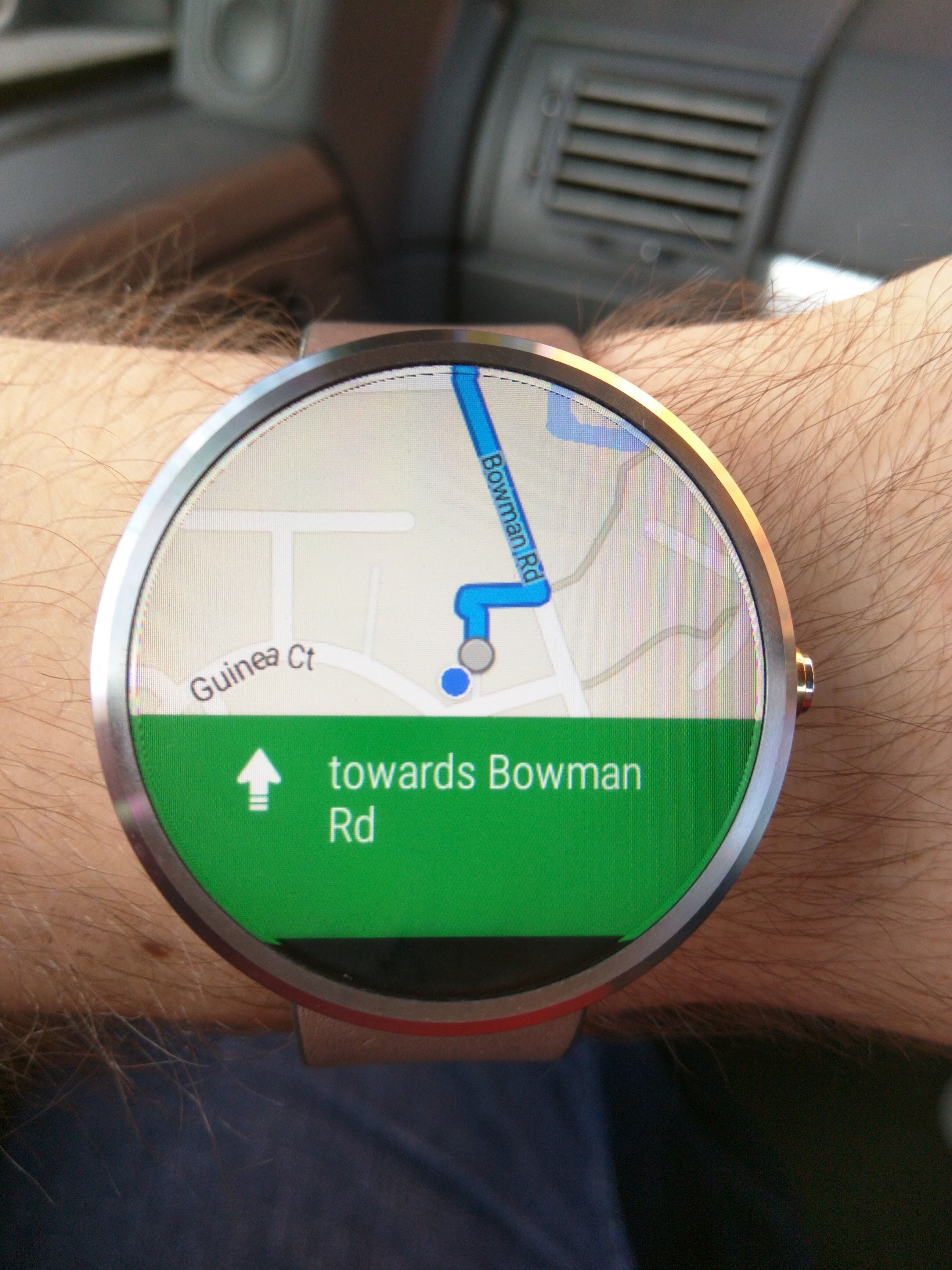
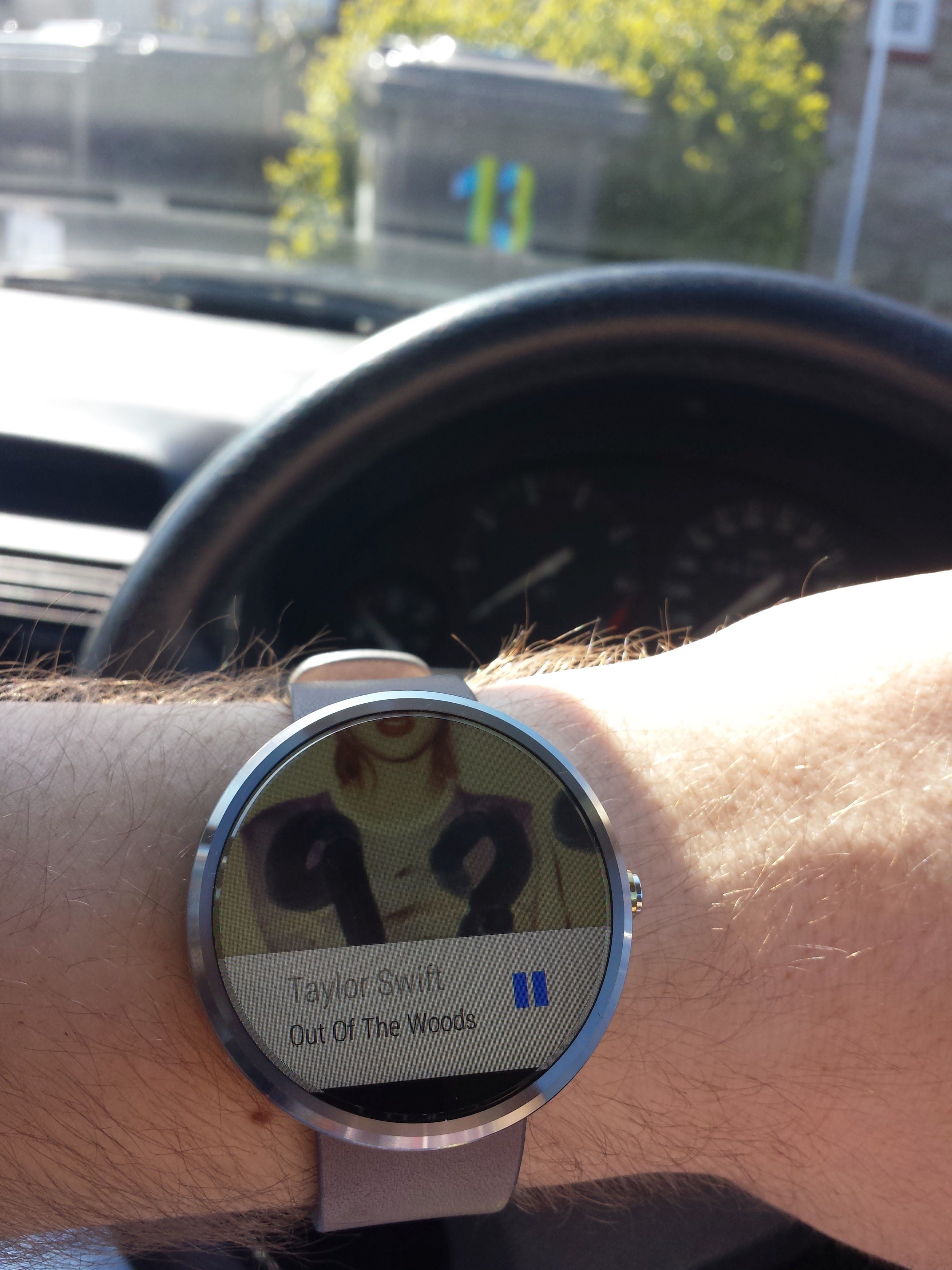
Samsung’s Gear Watch and LG’s G Watch had square displays, but the Moto 360 set the standard with an (almost) round display that measured 1.56 inches with a 320 x 290 resolution. It wasn’t totally round. Companies hadn’t figured out how to put ambient light sensors beneath a screen yet, so Moto decided to give the 360 what would be known as the “flat tyre” so that it could include auto brightness.
Some made fun of it, but it wasn’t a problem. It was worth the sacrifice to get automatic brightness. It also provided a starting point for the gestures Android Wear used for navigation. For 2014, this display was sharp, bright, and responsive. It set itself apart from the square devices everyone else made.
2 Always on display
Ahead of its time
A smartwatch should make it easy to tell the time. That sounds obvious, but in 2014, always on display (AOD) wasn’t a standard feature, even for smartphones. Wear OS changed that, and the Moto 360 and LG G Watch had an AOD. It ate through battery life that was already worse than what we’re used to now, thanks in part to the LCD, but it was worth it.
My 360 would last a full day from morning through college and until bedtime before I needed to charge it. This is now a fundamental part of a smartwatch, but devices that came later lacked it. The Apple Watch, for example, didn’t get an AOD until 2019 with the release of the series 5.
1 Automatic heart rate monitoring
And a fragile back
Smartwatches have always had heart rate monitors, but some in the early days didn’t, like the LG G Watch. Motorola didn’t only include a heart rate sensor. It designed the watch to take automatic readings every ten minutes, while some watches of that time only checked your pulse when you asked them. Today, my Galaxy Watch 6 is power efficient enough to measure my heart rate continuously, but in 2014, doing it at ten-minute intervals was great.
The Moto 360 had some issues. Sticking around the back where the heart rate monitor is, my 360 was cracked where the strap slides inside (excuse the potato cam from my Nexus 6). This was a common flaw. The Moto 360’s timeless design came because it lacked lugs for the strap to attach to, instead sitting inside the body.
While it looked good, the strap pulled on the plastic back and caused it to crack. Motorola replaced my unit when this happened. However, six months later, it happened again. Moto traded me up to the 2nd gen 2015 Moto 360, which swapped to conventional lugs to avoid this issue.
Poised for a comeback?
Motorola is aware that nostalgia plays a big part in moving units. It brought back the Razr when flip foldables started to take off, and today, the Moto Razr+ is our favorite folding phone. The Moto 360 holds the same weight for many, and I would jump at the chance to own another one. Motorola sold the Moto 360 name to a company called eBuyNow, which released a third-generation Moto 360 in 2020. It was alright, but it looked the same as any Galaxy Watch you see today.
If Motorola brought the 360 back with the original design, no lugs for the strap, a chunky stainless steel body, and a backplate that didn’t crack, it would be a hit and add much-needed excitement to the world of wearables.
Thinking back to when tech was still vibrant and exciting, I was always eager to see what Google, Samsung, and others would announce at their events. That spark has been missing in recent years, and I’d love for Moto, or another company, to bring it back.
Source link

